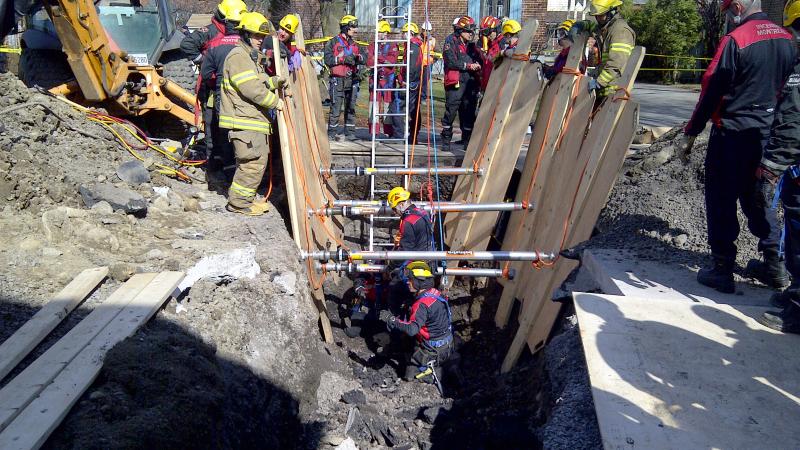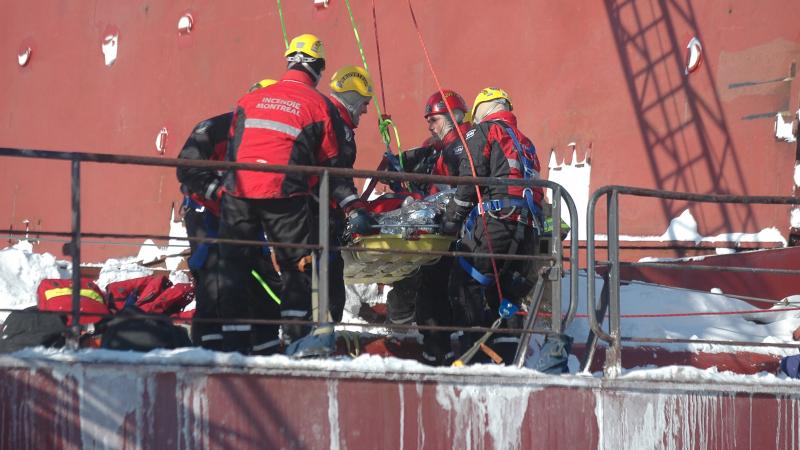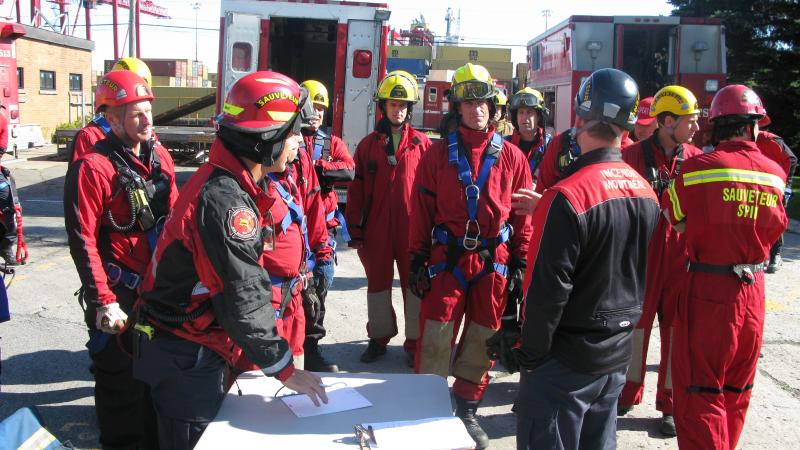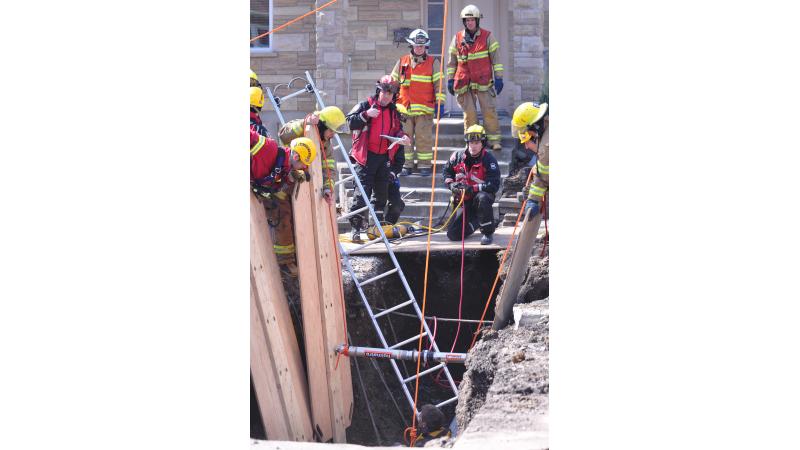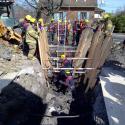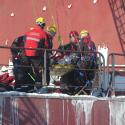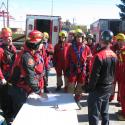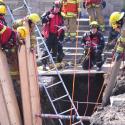Technical rescue teams are trained to use various types of equipment (hydraulic jacks, pneumatic nailers, shovels, tridents, tape measures, etc.) in order to rescue victims in three types of situations: confined space, structural collapse, and excavation and trench rescue.
Confined space
The victim is trapped in a space not designed for human occupation, except for work purposes, with limited access and exit points. Examples of confined spaces where rescue operations may be required include manholes, underground electrical installations, tunnels and silos.
Members of technical rescue teams receive 40 hours of training covering gas detection, the use of the proper type of ventilation, as well as stabilization and recovery methods based on the type of confined space encountered.
Structural collapse
The victim is trapped in a collapsed structure such as a building, bridge or multistorey parking garage.
A total of 120 hours of training is required to obtain a basic knowledge of this technique. Candidates learn about construction and the different types of collapse, and how to use shoring. They also learn to operate jaws of life equipment, perforate cement, and cut steel.
Excavation and trench rescue
The victim is trapped and/or buried under a landslide, equipment or machinery.
Technical rescue respondents receive 40 fours of training. They are taught to recognize dangers such as fissures and equipment overload, and they learn about risk isolation and soil types. They also learn to work with specialized tools such as hydraulic jacks, lifting bags, and packing equipment.
The technical rescue team is based at station 47.




